Recording BBT to track ovulation
What is BBT?
BBT stands for basal body temperature. It is the most accurate way to track your ovulation. Apps that track your menstruation tell you an estimate of when you will ovulate based on the average menstrual cycle ovulation. However, this isn’t actually the same for everyone! Some people naturally have a longer or shorter follicular or luteal phase. This will mean that they ovulate at a different point in their cycle.
Why is it important to know?
Recording your BBT is the most accurate way to track your ovulation. Just after we ovulate, our base body temperature increases slightly (around 0.22 to 0.56 C) and stays raised until usually a day or so before we begin to menstruate. Tracking your BBT can confirm whether or not you are ovulating regularly. This is helpful information for understanding your body and your menstrual cycle. It can give you very important information about your health. For example, some people get symptoms around ovulation, ovulate irregularly or don’t ovulate at all. This can indicate that there might be something hormonal that needs addressing.
It is also useful to understand the exact time you are ovulating so that you can time sexual intercourse for optimal fertility. Your fertile window will be 3-5 days before and including ovulation. Accurate timing of sexual intercourse can greatly increase fertility.
How to take your BBT
Start taking your temperature on the first day that you wake up with your period. This is day one of your menstrual cycle (even if you actually started bleeding yesterday). You should take your temperature as soon as you wake up, before moving around or talking. Ideally this would be a similar time each morning. Use a thermometer that shows two decimal places to take your temperature, orally is best. Enter the temperature in an ovulation tracker (download here!), you can modify it to your menstrual cycle and it will produce a line graph showing your ovulation peak. Most period tracking apps also include options for recording BBT and will show you your fertility window .
Once you have done this for three cycles, you will be able to understand if your ovulation is regular, and start to predict when it will be! Your temperature may fluctuate slightly day to day, but ovulation can be seen when there is an obvious spike followed by three consecutive days of raised temperature.
What if my chart doesn’t show a spike?
There are many reasons why your BBT chart is not showing ovulation, and it might not necessarily be that you are not ovulating. Stress or alcohol can alter our temperature, and errors in measurement might also meant that the chart is inaccurate. If you don’t see an obvious spike, visit your health care provider for further investigation into why.
References: Littleton, J. Treatment of Infertility with Chinese Medicine, 2nd edition, 2013.
